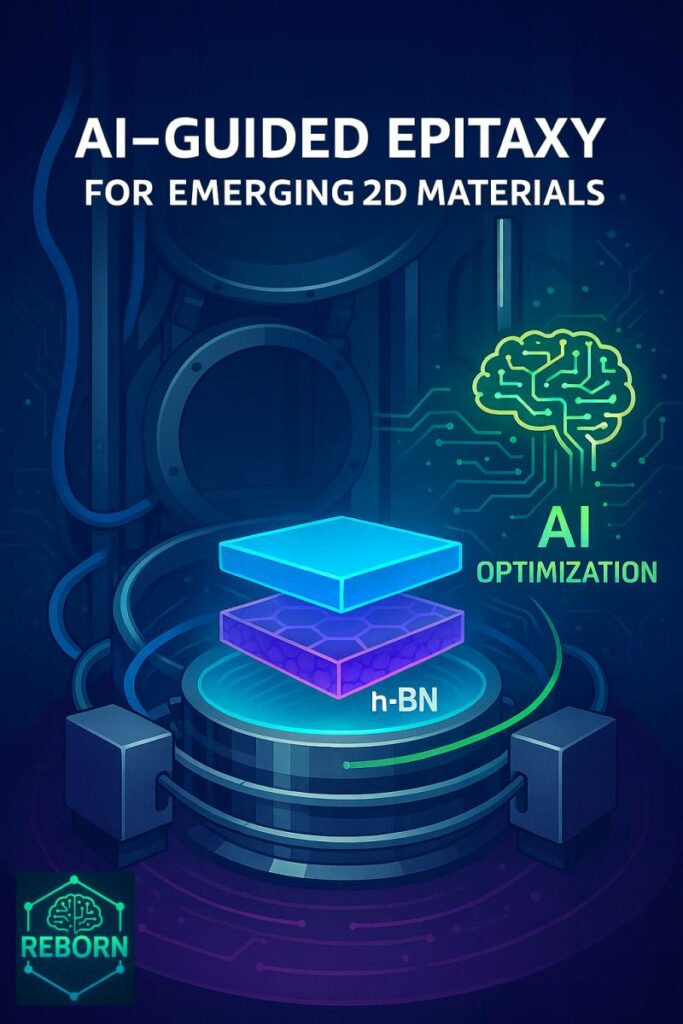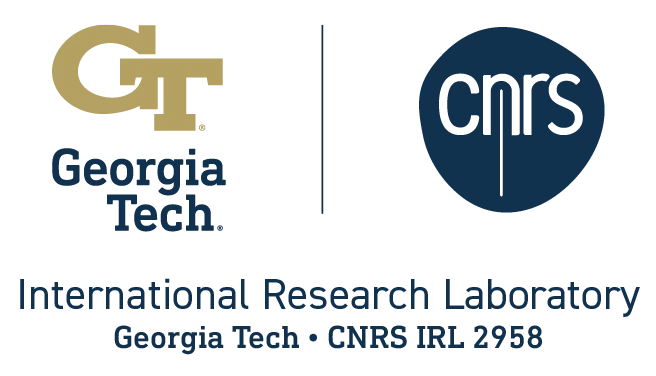Building the Future of 2D Materials with AI: our project REBORN has been awarded an ANR (Agence nationale de la recherche) Grant under the PEPR DIADEM program. I have the honor of coordinating this ambitious initiative.
REBORN is dedicated to modeling and optimizing the growth (epitaxy by MOVPE) of advanced 2D materials — ultra-thin materials only one atom thick. Our focus is on hexagonal boron nitride (h-BN), a promising material that can enable 3D-on-2D heterostructures and open the way to new advances in electronics and optoelectronics. Potential applications include deep-UV LEDs, advanced sensors, new display technologies, energy storage, and more.
By combining state-of-the-art material characterization with AI-driven optimization, REBORN aims to significantly enhance the quality of h-BN and accelerate its adoption by industry.
This ambitious effort is only possible thanks to an outstanding consortium of partners:
Synchrotron SOLEIL (CNRS –CEA, Paris-Saclay) • European Synchrotron ESRF – The European Synchrotron (CEA, Grenoble) • IREG-MEM Lab (CEA–Université Grenoble Alpes, Grenoble) • METSA (CNRS–CEA, Grenoble) •DIADEM Platform (CEA–CNRS) • Aerospace Systems Design Laboratory (ASDL) Lab (Georgia Institute of Technology, Atlanta) • IRL Georgia Tech–CNRS (GIT–CNRS–Georgia Tech-Europe , Metz).
Together, we merge scientific excellence, technological innovation, and AI to push the boundaries of 2D materials research and deliver real-world impact.
A big thank you to my colleagues and partners for their dedication and collaboration: Joël Joel Eymery, Noel Jakse, Hanako Okuno, Alessandro Coati, Dimitri Dr. Dimitri Mavris, Olivia Fischer, Phung Vuong, Stéphanie Stéphanie Aravecchia, Suresh Suresh Sundaram, Paul Paul Voss, Cédric Cedric Pradalier, and Jean-Paul Salvestrini.

